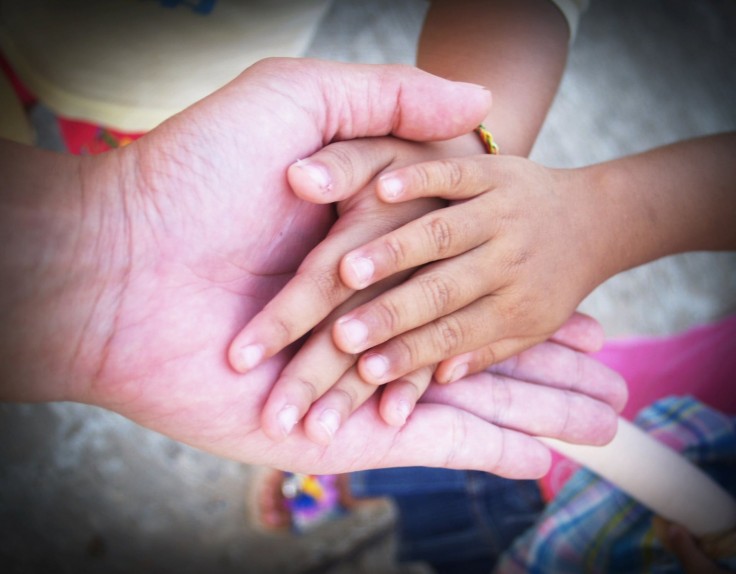
It's okay for children to be afraid of the dark, or worry about making friends at a new school. However, we need to pay attention when the feelings of worry and doubt morph into something stronger - anxiety. Children can develop an anxiety disorder that can make functioning in an everyday setting more difficult.
According to an anxiety counselling Toronto practice, anxiety is described as "an emotional state of nervousness, apprehension, dread, worry, or uneasiness which leads to significant distress and interference in one's daily life." Since anxiety is internal, it can dominate a child's thoughts and make it more difficult to detect.
Types of Anxiety Disorders
There is more than one type of anxiety to keep an eye on. Understanding the different kinds can help you distinguish what is considered normal and what needs additional attention.
Generalized Anxiety Disorder (GAD)
GAD refers to general anxiety about school performance, friendships, family, and other everyday concerns. If a child is always worrying about things that are not typical in children, it might be time to seek professional advice.
Separation Anxiety Disorder (SAD)
Separation anxiety in children appears as tearful, tantrum-filled goodbyes when they part from a parent. It is usual for children ages 1 through 3, but when they are older and have not outgrown their fear, it can be considered a disorder.
Social Phobia
Social phobia is apparent if they dread school or interactions. Shyness is normal, but if they experience extreme fear, you should have it checked.
Selective Mutism (SM)
It is similar to social phobia but stronger. While children and teens can talk, they refuse to speak at school or social gatherings.
Specific Phobia
While fear is healthy, a phobia is a long-lasting, intense fear of a particular thing and should be brought to attention.
Signs and Symptoms of Childhood Anxiety
Children will experience phobias, separation anxiety, and being shy when meeting new friends. These emotions are healthy when they are experienced for a short time and go away on their own. It becomes a problem if it interferes with the child's quality of life.
Children have a difficult time understanding why they feel anxious or may not know how to express what they are feeling. Be patient and look for signs that your child is:
Irritable, or crying and clinging often
Has trouble sleeping, has nightmares or is bed wetting
Has low confidence to try new things or execute everyday tasks
Avoiding social situations or hanging out with friends
Having problems with eating, sleeping, or concentrating at school
Is experiencing excessive worrying, negative thinking, or angry outbursts
Possible Causes
Genetics
If there is a family member who suffers from an anxiety disorder, the child may have inherited it. Some genes make them prone to anxiety.
Life Changes
Some children are more prone to anxiety. For many, it is normal if they have a difficult time adjusting to change, such as moving to a new house or school.
Traumatic Experiences
Stressful events such as a car accident or divorce can lead to anxiety in children. It is possible for anyone to feel anxious after going through traumatic situations.
Brain Chemistry
If there is no external factor, it may be internal. Genes influence how neurotransmitters work, and if there is an imbalance, it can cause anxiety.
Learned Behavior
Children learn from their surroundings. Parents or caretakers who express anxious behaviour may influence children to think and feel the same.
Diagnosis and Treatment
Consult with a therapist and help your child face their fears. Be patient, listen to them, and encourage your child to fight against what they are afraid of.